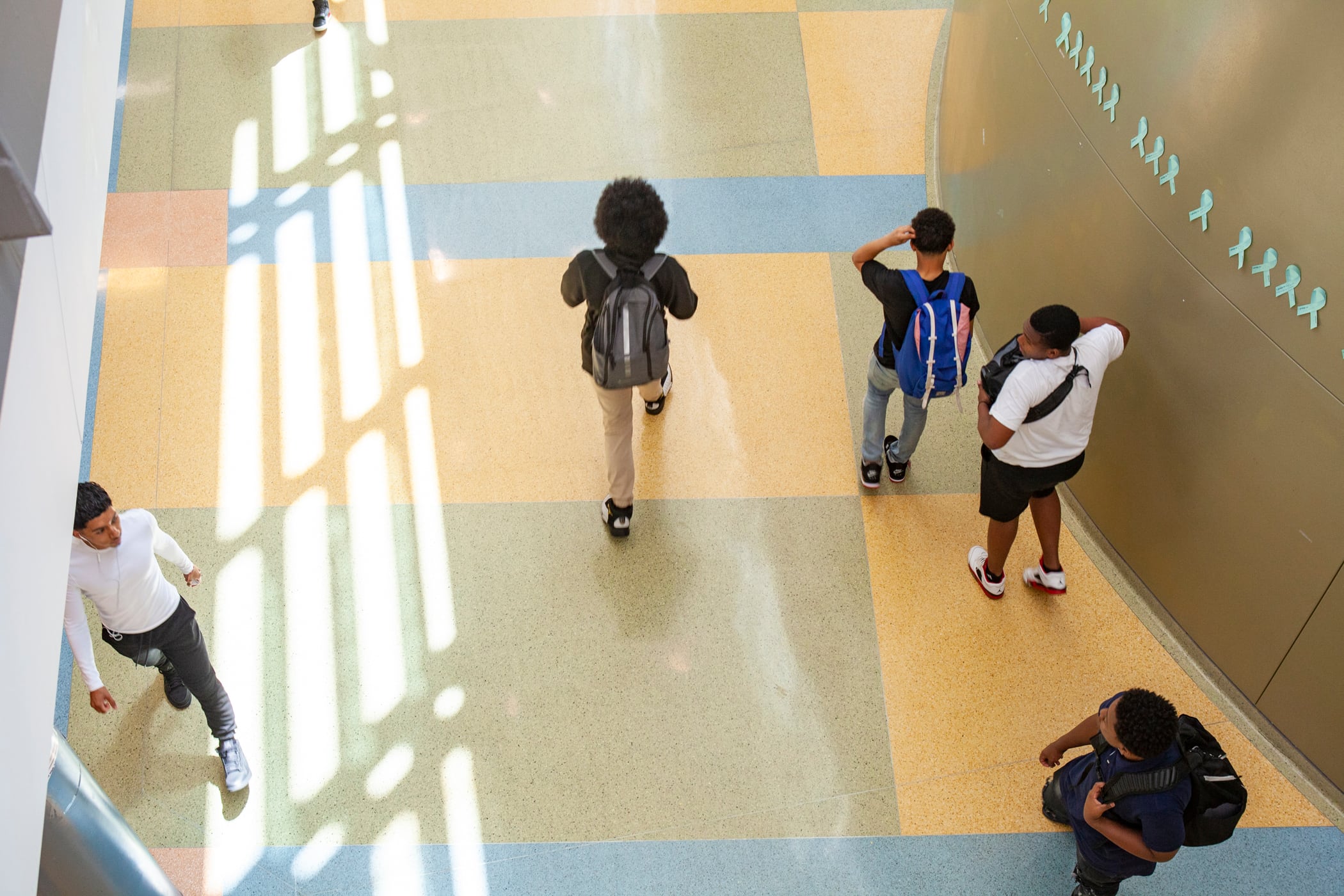Updated November 29, 2022 to reflect that Chicago Public Schools shifted the deadline back one week from Friday, December 2 to Thursday, December 8.
The deadline to apply for a public school in Chicago for next fall is fast approaching.
Chicago Public Schools has tried to simplify the process for going to a school that’s different from your assigned neighborhood school. Since 2017, there’s been a single online application known as GoCPS.
Still, the task of researching options, preparing required documents, and finalizing school choices dominates the minds of many parents and students every fall.
“It’s really confusing before you understand it,” said Grace Lee Sawin, founder of Chicago School GPS, which helps families navigate the public and private school application process in Chicago.
Whether you’ve been working on reviewing and fine-tuning your application since September 21 (when the portal first opened), or you’re just getting started, here’s what you need to know before hitting submit next Thursday, Dec. 8 by 5 p.m.
Preschool
If you’re the parent or guardian of a child who will be 3 or 4 next September, hang tight! You don’t need to worry about getting a spot in a public Chicago preschool until spring.
Chicago Public Schools used to require families hoping for a preschool seat at one of the sought-after public Montessori schools – Drummond, Oscar Mayer, and Suder – and Inter-American Magnet School to apply in December for the following school year. But now those schools will be part of the city’s universal preschool application used for all 4-year-old programs at neighborhood elementary schools and community-based preschools that serve mostly 3-year-olds.
While some programs may fill up quickly, officials have said there are now enough seats for all families who want a spot.
Elementary School
Half of all public elementary school students in Chicago go to a school that’s different from their zoned one. Chicago Public Schools has operated dozens of sought-after magnet schools for decades, most of which were created to promote integration.
Even after a federal judge ended the desegregation consent decree in 2009, CPS has continued to offer open enrollment. Families can choose from magnets, charters, gifted, and classical schools, and even neighborhood schools with space to take students who do not live in their attendance boundary.
A full list of magnet and neighborhood schools available online details any specialty programs offered, such as dual language and International Baccalaureate. Applicants can choose up to 20 of these schools and may get multiple offers next spring.
CPS also operates gifted and classical schools – also known as selective enrollment elementary schools – that require a test to get in. These tests are done in-person and can be scheduled once you hit submit. Families can rank up to six of these programs on their application.
Charter schools admit students via lottery. For magnet and selective enrollment elementary schools, students are admitted by a lottery that also takes into account the neighborhood a student lives in. This replaced race-based admissions. Every neighborhood is assigned to one of four socioeconomic tiers based on several factors, including median income and homeownership rates. You can look up your tier using the district’s school locator map. (Select “CPS Tiers” as an overlay.)
Middle School
Chicago sixth graders can apply to seven advanced middle school programs. These Academic Centers operate inside existing high schools, some of which are also selective enrollment: Brooks, Kenwood, Lane Tech, Lindblom, Morgan Park, Taft, and Whitney Young.
Students have to have at least a 2.5 GPA and take a test that is similar to – but not the same as – the high school entrance exam. Applicants can rank up to six of these programs and will get one or zero offers.
Once enrolled, students essentially work on their high school coursework beginning in seventh grade and can usually finish all their basic graduation requirements by the end of sophomore year. They also do not have to reapply in ninth grade to stay enrolled at the high school that houses the Academic Center.
High School
According to district enrollment data, 70% of teens in CPS attend a high school that is not their zoned school. This system of choice has been in place for many years and offers dozens of options from rigorous college prep programs to fine and performing arts to career and technical education.
Students used to have to sign up to take the high school entrance exam on one of several weekend dates. Now, all current CPS eighth grade students take the exam on the same day at their elementary school. This year, everyone took it on Oct. 26 and private school students took the test on one of two weekends in early November. Results started arriving in students’ inboxes last Friday.
At the 11 selective enrollment schools, students are admitted based on their score on the admissions exam and their grades in seventh grade. The first 30% of seats go to the top scoring students. The remaining 70% seats are divided among four socioeconomic tiers. Offers are still made to the top scoring students in each of the four tiers. The scores needed to get into each school last year are now posted online.
Earlier this year, CPS said it plans to overhaul the admissions policy for the selective enrollment high schools to make it more equitable. But the board of education has yet to vote on any changes.
Not all high schools require a test and, like elementary schools, students can choose to go to a neighborhood high school that’s not their assigned one. There is a list of all high school options and their admissions requirements online. Applicants can rank up to six selective enrollment schools and 20 other choices.
Come spring, eighth grade students can get up to two offers – one from a selective enrollment high school and one from among their other high school choices. It is possible they get no offers. A second application round occurs after offers go out in the spring, and students can always attend their zoned neighborhood school.
Transfers
While kindergarten and ninth grade are the main years when students enroll in a new school, students can apply through GoCPS at any grade.
“You are never stuck at a school,” Sawin, with Chicago School GPS, said. “If it’s not a good fit for whatever reason, then this is the beauty of Chicago, you have so many options.”
While fewer spots may be available in other non-entry grades, there are also fewer applicants.
“You’re never too late,” Sawin said. “There’s always attrition and people do make changes.”
For selective enrollment high schools, transfers can still be competitive, but students don’t have to take the high school entrance exam again. Usually, applicants are required to submit their transcript, a personal essay, and letters of recommendation. These schools, such as Whitney Young, post information about transferring in 10th through 12th grade on their websites.
Becky Vevea is the bureau chief for Chalkbeat Chicago. Contact Becky at bvevea@chalkbeat.org.







